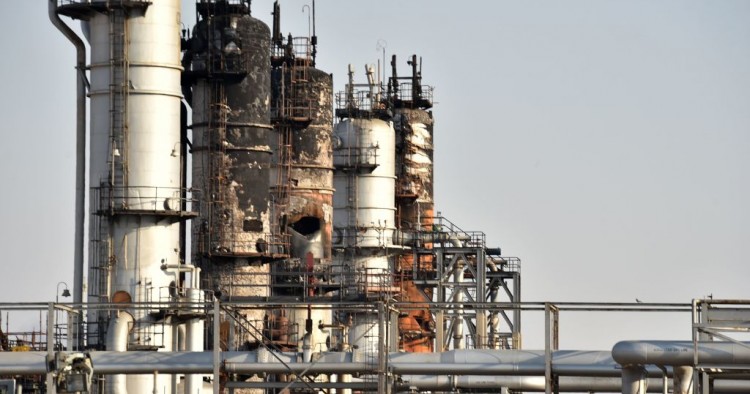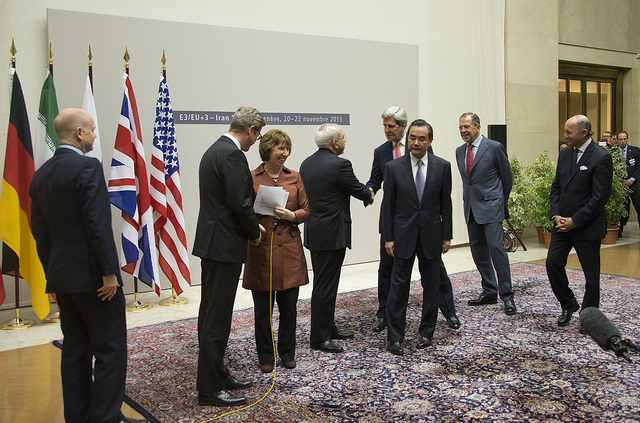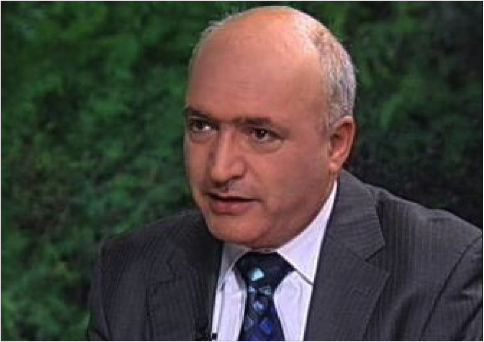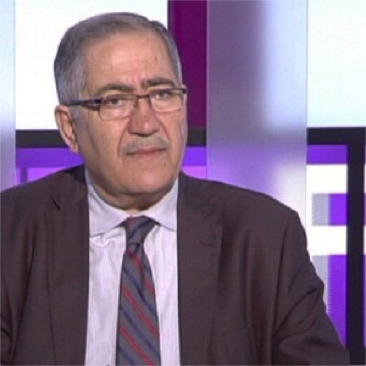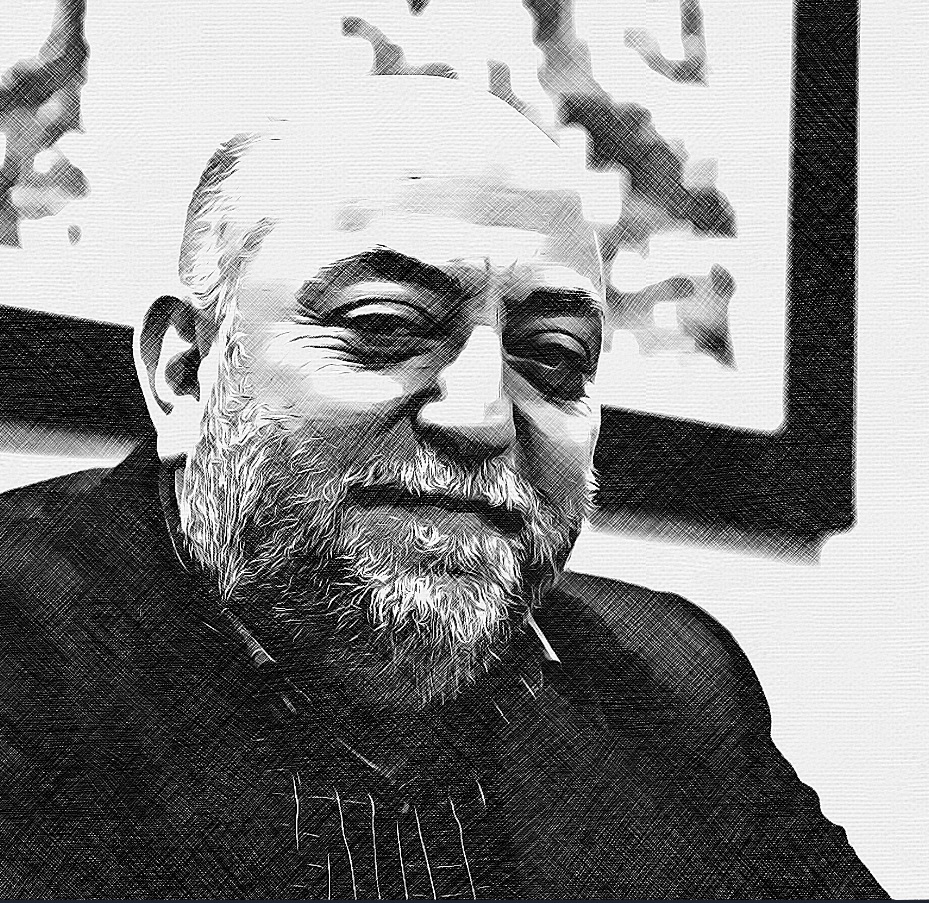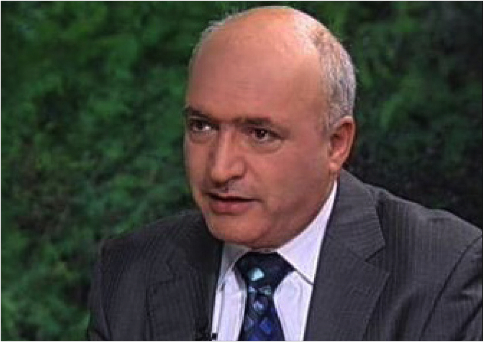
Despite all efforts to eliminate the Lebanese resistance, Tel Aviv faces a stronger, bolder, and undeterred Hezbollah, now locked and loaded on Israel’s northern border.
“In April 2022, a truck with a container on it suddenly appeared on the Lebanese side in front of Avivim. The IDF watched it and did not understand its purpose. The truck placed the container near the border and inside it were stationed several members of the Radwan Force, Hezbollah’s elite force, armed with small arms but equipped with observation systems. A short time later, a concrete structure was built next to the container, and it became a permanent position.
In its wake, more than 30 such posts sprung up, spread out along the entire length of the border, from the sea to the mountain, at a very short distance from the international border. Armed Hezbollah members stay in all of them, and during the day they carry guns, but at night they walk around armed with long weapons, and they also have machine guns and sniper rifles.
Some of them are observation posts that monitor and document the IDF’s activities across the border, some of them are alert posts that sit on entry routes into Lebanon and are designed to delay Israeli forces that try to enter.
Inside are stationed people from the Radwan force, Hezbollah’s offensive force, which is a different unit from Hezbollah’s ground defense forces – which are mainly concentrated in villages – and has its own chain of command. What started as a few expanded companies that returned from the war in Syria, has since become a force that now has a number of brigades and more than 15 battalions deployed along the border with Israel. Their positions and armed presence are blatant violations of UN Resolution 1701, but the UNIFIL [United Nations Interim Force in Lebanon] force does not dare to confront them.
Some of these forces are on constant alert to launch an attack into Israel several hours after the order was given. It is still unclear to Israel what the trigger was which pushed Hezbollah to deploy its forces to the front, right across the border, but this comes within a trend that has been going on for four years, in which Hezbollah is trying to exacerbate the friction with Israel.”
The above excerpt is from an article written on 7 July by Alon Ben David, an Israeli military commentator for the Hebrew newspaper Maariv, in which he comments on Hezbollah fighters setting up two tents in the occupied Lebanese Shebaa Farms area.
Israel considers this area part of its territory since it occupied the lands – along with the Syrian Golan Heights – in 1967. Despite Tel Aviv’s questionable territorial claim, the Israeli army refrained from approaching the Hezbollah tents for 50 days, while Israeli officials and media professionals expressed anger over what they perceived as a violation of their country’s sovereignty.
As Ben David notes, according to Israeli military intelligence, the significance of these new outposts lies beyond the two tents. Seventeen years ago, on July 12, 2006, Israel initiated the Second Lebanon War against Lebanon with the objective of destroying Hezbollah and expelling the resistance group from southern Lebanon.
At the war’s end on 14 August, 2006, the UN Security Council passed Resolution 1701, prohibiting any military presence in the area between the Litani River and the Lebanese-Palestinian borders, with the exception of the Lebanese army and international peacekeeping forces of UNIFIL.
Now, 17 years later, Israeli military intelligence closely monitors Hezbollah fighters along the border. These are not isolated individuals but, as Ben David highlights, brigades and battalions prepared to launch an attack into occupied Palestine when ordered to do so, according to Israeli analysis.
The public deployment of Hezbollah forces on the border did not begin in April 2022. Prior to that, Israel had been accusing an “environmental association” called Green Without Borders of forming a cover for Hezbollah to monitor the Israeli occupation army’s movements. Israeli intelligence treated every “environmental observatory” of the association, which claimed its main goal to be planting trees in southern Lebanon, as a military observatory.
The irrelevance of UNIFIL’s ‘peacekeepers,’ and Resolution 1701
In April 2017, Hezbollah organized a media tour on the border in which a resistance field officer explained to reporters the defensive measures implemented by the Israeli army off Lebanese territory, in anticipation of a potential future attack from Lebanon.
During the visit, Hezbollah fighters – along with their military equipment – appeared in the southern Litani area, in front of the media’s photographers. It was the first time since August 2006 that Hezbollah troops were publicly seen in this region: one even carried an anti-aircraft missile launcher on his shoulder. It was then, in 2017, that Hezbollah made clear it no longer recognized the restrictions of UN Resolution 1701.
Three years later, in May 2020, Hezbollah Secretary-General Hassan Nasrallah stated in an interview with Al-Mayadeen that:
“We are not against the survival of UNIFIL forces or against the positive relationship with them, but reducing the number of UNIFIL does not concern us. And if UNIFIL’s tasks are reviewed, we will demand that UNIFIL be on the other side of the border.”
These UN-mandated UNIFIL forces were supposed to include around 15,000 soldiers whose mission was to assist the Lebanese army in extending its authority in the area south of the Litani River.
However, in 2023, the number of UNIFIL soldiers is expected to reach 10,000 from 48 countries. While the majority of soldiers are non-Europeans, the leadership of UNIFIL has traditionally been held by officers from NATO countries such as Italy and Spain, and its strike force is French.
Yet according to Ben David, the UNIFIL “peacekeepers” do not dare to confront Hezbollah in the south. In 2021, UNIFIL refrained from implementing a decision it had made – at Israel’s instigation – to install surveillance cameras in specific locations in southern Lebanon.
At that time, the resistance party’s supporters in the south, particularly in municipal councils, accused UNIFIL of spying for Israel, which led to the freezing of the camera project.
In 2022, UNIFIL requested the mediation of Lebanese officials to persuade Hezbollah fighters to remove a temporary outpost they had established near the border, which obstructed the movement of its patrols.
Additionally, in the same year, UNIFIL reported to the UN on multiple occasions that it had discovered training and shooting fields within its area of operation. Despite these challenges to their mandate, the international forces remained unable to effectively address them.
The field performance of Hezbollah in the south and the cautious approach adopted by UNIFIL are reflective of the shifts in the balance of power in the region.
In 2017, when Hezbollah publicly announced the appearance of its fighters in the south, its leadership had a sense of assurance due to the protection provided to its rear in Syria.
The Damascus government and its allies had regained the military initiative in the Syrian war, particularly in the southern, central, and western regions of the country.
Two game-changing factors
However, the most significant changes can be attributed to two factors: Hezbollah’s elite Radwan Force and its precision missile project.
The fighters of the Radwan Force gained unparalleled experience on the Syrian battlefield. This conflict honed Hezbollah’s combat capabilities, allowing its members – especially the Radwan Force units – to engage in offensive battles across vast areas, utilizing a wide range of weapons, including air support.
The war in Syria enabled Hezbollah’s leadership to increase the number of elite forces while also upgrading their armament and equipment. Israel now perceives the Radwan Force as a significant threat and aims to neutralize these forces in any future conflict. Failing to do so would mean that the Israeli occupation army would have to confront the Radwan Force on Palestinian land in the future.
As for the precision missile project, the Israeli army sought to thwart it, whether by preventing the transfer of large numbers of these missiles from Iran via Syria to Lebanon, or by preventing the establishment of facilities to convert “stupid” missiles into “smart” missiles inside Lebanon.
Hezbollah’s access to thousands of these missiles capable of hitting “any point” in occupied Palestine robs Tel Aviv of its ability to wage war whenever it wants. For more than a decade, the Israeli security establishment has considered precision missiles a weapon that breaks its military advantage.
Simply put, these missiles can be loaded with large amounts of explosives and launched to hit their targets with precision, wherever they may be inside Israel. Practically, not just in theory, all Israeli military sites are within range of missiles that are now capable of destroying them. The discussion here is no longer only about the number of missiles, but rather about their quality – and the “quality” of the targets they destroy.
In 2017, the head of the Israeli Military Intelligence Division, General Herzi Halevi (current chief of staff), announced at the Herzliya Conference that “Iran worked in the previous year to set up precision weapons factories in Lebanon and Yemen.”
Shutting down Israeli claims that its army was able to thwart transfers of precision missiles from Iran and Syria to Lebanon – or their manufacturing in hidden facilities along that path – Nasrallah announced in 2018 that the precision missile project had, in fact, been completed.
In his speech, the Hezbollah leader confirmed that the Lebanese resistance now possesses a number of precision missiles that enable it to wage war with Israel without fear of depleting its stocks.
Although Nasrallah denied that his party possesses factories for precision missiles, he did not deny the existence of facilities that convert inaccurate missiles into precision ones, which is what Israel was warning about.
What applies to precision missiles also includes remotely piloted aircraft. The general rule that Israel’s military adheres to is that every new weapons system that Iran announces (that can reasonably be expected to be transferred to Lebanon) is, inevitably, already in the custody of Hezbollah. As an example of Iran’s efficacy in stealthily transferring its military hardware, note the presence of Iranian drones in Russia’s war in Ukraine.
In addition, Tel Aviv has noted what Hezbollah has obtained from the stores of the Syrian Arab Army (SAA) since the Syrian war erupted in 2011. Israel, then, is faced with two deadly weapons that Hezbollah possesses: the Radwan Force and precision weapons.
These two weapons gave Hezbollah the confidence to break the restrictions imposed by UN Security Council Resolution 1701, and to deploy its troops along the border with occupied Palestine.
It is true that these two weapons are currently only being utilized to strike a balance of deterrence against Israel, but Tel Aviv is fully aware that the accumulation of defensive capabilities will inevitably lead – in the event it fails to curb them – to changing the “combat doctrine” of Hezbollah and its allies from defensive to offensive.
Two deadly weapons, which Israel fears, are today on its borders, and are poised to wage war one day. In the 2006 war, Israel sought to get rid of Hezbollah forever, and failed. After 17 years, Tel Aviv is back to square one: Frantically trying to prevent the resistance from storming the Galilee.
The views expressed in this article do not necessarily reflect those of The Cradle.
Filed under: Lebanon Islamic Resistance - Hezbollah, Lebanon's army, Syria Golan Heights, UNIFIL | Tagged: 2006 July War, Avivim strike, Global war on Syria, Hezbollah’s ‘al-Radwan’ Elite force, Israeli Occupation Force IOF, Lebanese-Palestinian border, Liberation of Galilee, Occupied Palestine, Precision missiles, The Six-Day War, UNSCR Resolution 1701 | Comments Off on Hezbollah is at the gates of the Galilee, 17 years after the Second Lebanon War


















